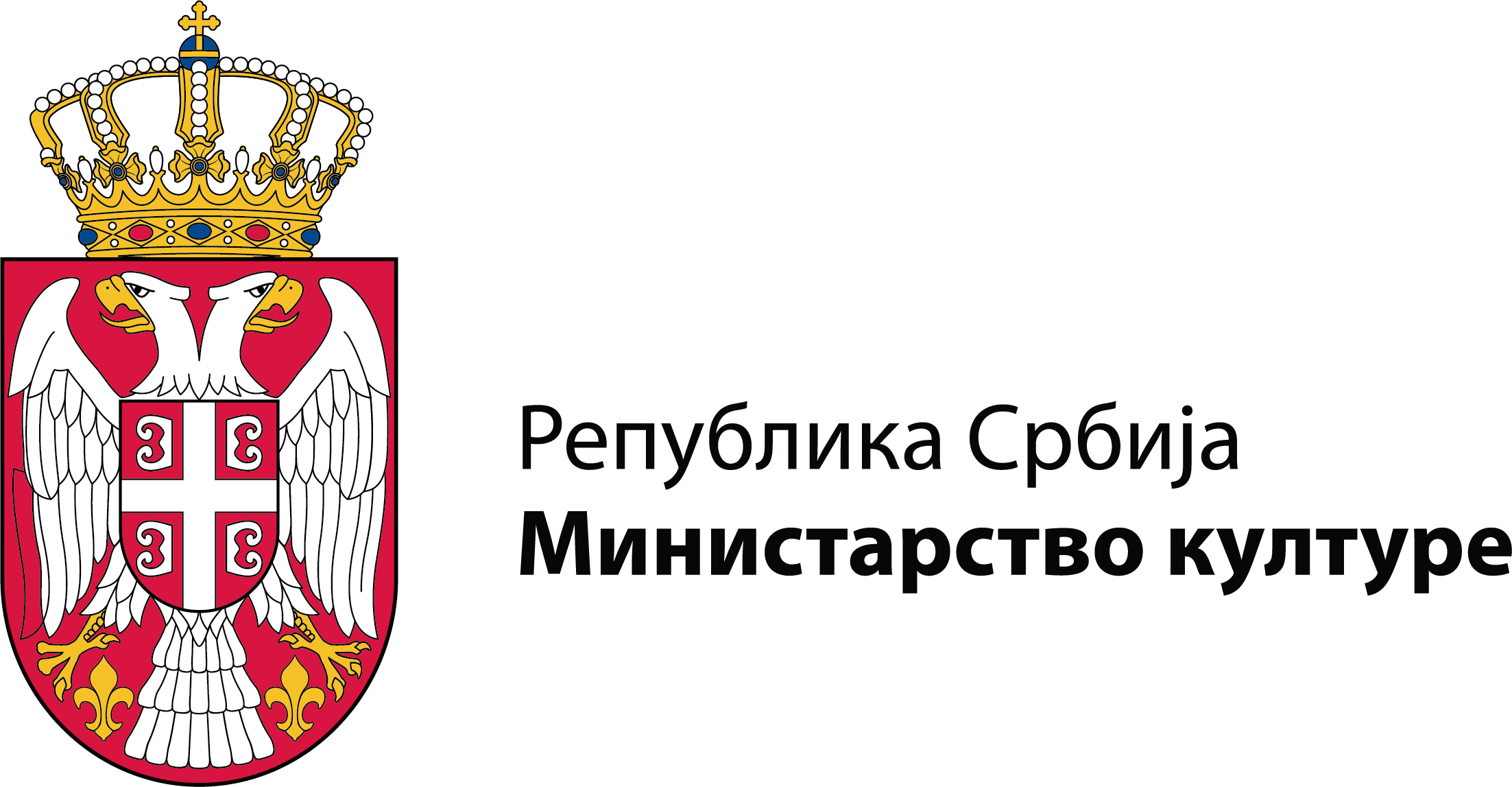The fund of the collection of National costumes from Croatia consists of sets and collections of individual clothing elements, systematized according to the typological classification of ethnographic objects according to the characteristics of cultural and geographical regions.
Such a systematic approach in ethnological museology and in science during the 20th century shed light on the diversity of the traditional clothing of the population spread beyond the administrative framework to the wider neighboring Balkan, South Pannonian and Adriatic areas. During a series of field researches in the twentieth century, clothing samples of all nations and ethnic groups that lived in the Republic of Croatia were acquired for the collection.
The collection of folk costumes of the Serbian people from Croatia represents significant scientific material for researching the entire traditional life.
The collection contains 1680 items.
The collection is in charge of Vjera Medić, museum adviser, who can be contacted by email: vjera.medic@etnografskimuzej.rs
The collection of folk costumes of the Serbian people from Croatia represents significant scientific material for researching the entire traditional life.
The collection contains 1680 items.
The collection is in charge of Vjera Medić, museum adviser, who can be contacted by email: vjera.medic@etnografskimuzej.rs

